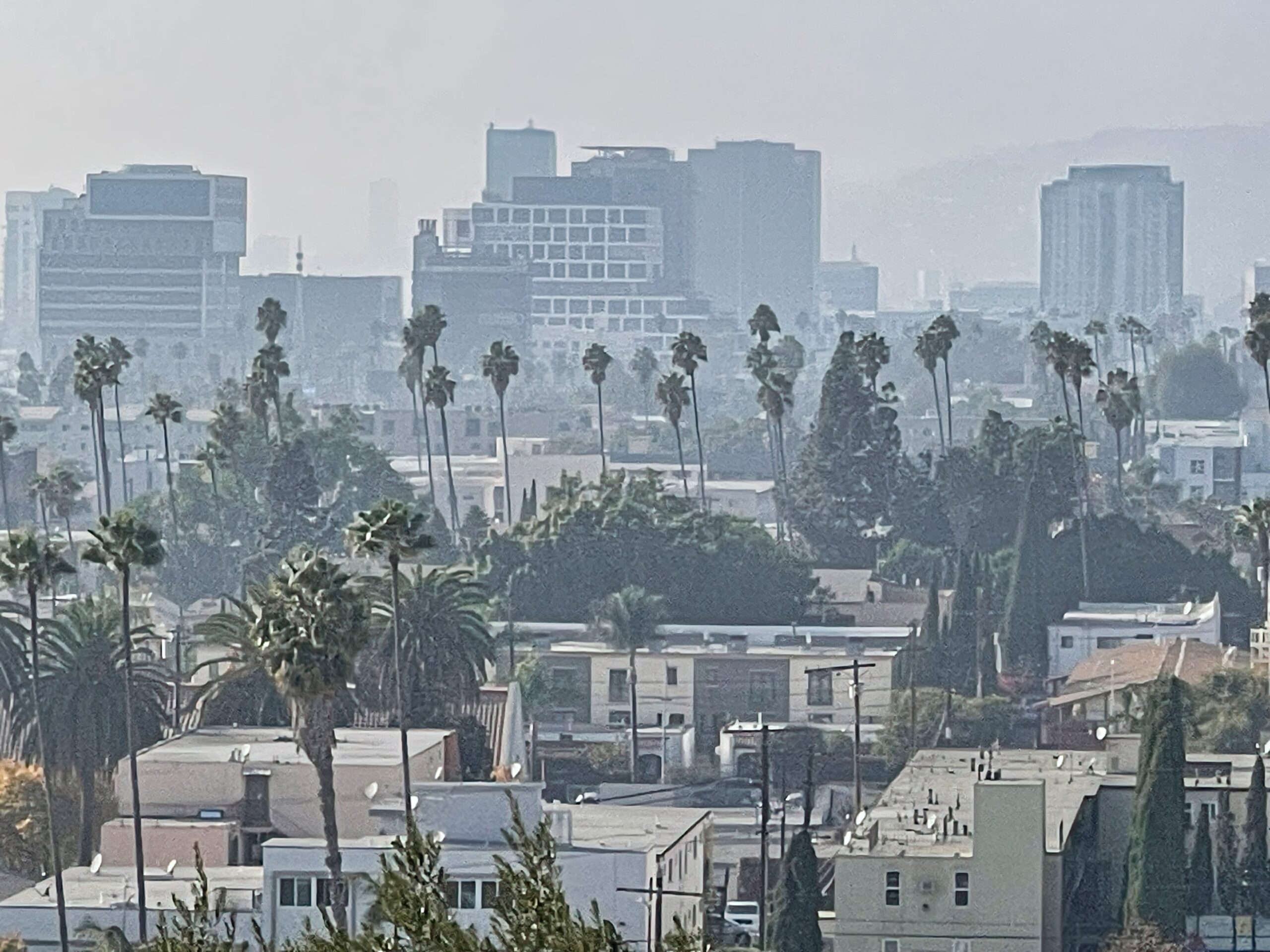By Chelsea Kirk, Director of Policy and Advocacy
May 12, 2025
When wildfires ripped through Altadena and the Pacific Palisades in January, the relief response was immediate and manifold. Members of the public raised funds, donated supplies, and made room in their homes for the displaced. And, local and state legislators leapt into action, issuing emergency orders to prevent price gouging and incentives to spur rebuilding.
Unfortunately, the fires also opened an opportunity to launder statewide housing legislation under the guise of local fire recovery efforts. On January 23, California Assembly Members Robert Rivas and Nick Schultz introduced AB 306 to “Fast-Track Fire Recovery.” If passed, the bill will put a statewide moratorium on clean energy rules for new housing, quashing California’s efforts to decarbonize building stock and achieve critical climate goals for nearly a decade. AB 306 was unanimously approved by the state assembly in March, and the senate will consider it in the coming weeks.
Marketed as a wildfire recovery measure, ironically, AB 306 will be disastrous for California. The state has pledged an equitable transition to carbon neutrality by 2045, and it cannot achieve this goal without reducing building emissions. Buildings generate 25% of the state’s greenhouse gasses, a percentage that is higher in more populous cities like Los Angeles. These emissions are exacerbating the climate change that is bringing drought, extending the wildfire season, and making fires more dangerous and destructive across the state.
California, of course, is not just facing a climate crisis: the state needs millions more homes, and fast. Meanwhile, the cost of housing is far outpacing wages, and more than half of California renters are rent-burdened, spending more than 30% of household income on housing costs. And so we come to the real issue AB 306 is meant to address: By pausing green building standards in new housing, legislators hope to reduce overall construction costs, making it easier to finance more new development.
It’s true that the transition to clean energy has a price tag. The move from gas to electric utility requires infrastructure investment, and developers will be required to use electric appliances, heat pumps, insulation, and low-flow faucets and toilets, and other hardware in new builds. But numerous studies have shown not only that the cost to electrify new homes is marginal, but that electrification makes new housing cheaper to operate. Which is why AB 306 is so misguided: it’s selling out California’s climate goals—and, ultimately, its housing-cost-burdened residents—to save housing developers a de minimis amount.
In fact, there are myriad ways to legislate faster and cheaper housing production without making climate change worse. Lawmakers could look at ways to speed up the approvals process for 100 percent affordable housing and reduce some of the “soft costs” associated with these projects. Or, they could push back harder on areas that put up obstacles to new development by requiring single-family neighborhoods include multifamily housing and mandating more inclusionary zoning. They could allocate more public land for the construction of new affordable and social housing. Or, they could restore some of the $6.7 billion in climate funding Governor Newson eliminated in 2024, some of which could be earmarked for clean energy subsidies for new affordable housing.
Producing more housing and mitigating climate change is not an either/or situation. California can, and should, do both. Unfortunately, AB 306 will do neither. The state senate should reject this bill in favor of smarter, more sustainable approaches to spurring housing construction across the state.

